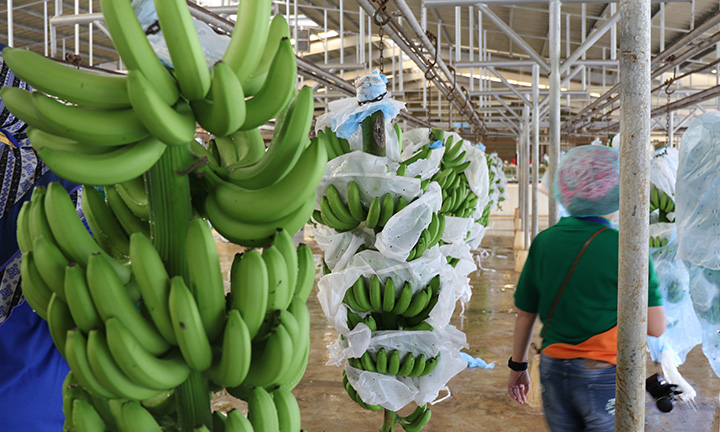The 400-million strong middle-class group in China is a promising export market and the “next biggest opportunity” just waiting to be tapped by Filipino enterprises, according to a Beijing-based trade expert.
In the wake of years of high economic growth, there is now a large middle-income class of around 400 million Chinese consumers, said Glenn Peñaranda, the commercial counselor with the Philippine Trade and Investment Center (PTIC) branch in Beijing.
A distinct feature of Chinese consumers is their move toward the so-called “consumption upgrade,” which is characterized by burgeoning online sales and huge demand for high-quality goods and services as a result of rising disposable income and technology innovation.
“They want better things, they want higher quality things, they want convenient things,” Peñaranda stressed. “China wants to import more because their people are now capable of buying the best products in the world.”
They also seek healthy, natural and green products, Peñaranda added, who spoke on Chinese market trends at a recent webinar.
One of the biggest impacts of the Covid-19 pandemic is it made Chinese people want to eat healthier and to seek out more fruits, particularly fresh ones. This bodes well for the Philippines, the third largest supplier of fruits to the country, the expert said.
The Philippines’ top agricultural food exports to China include Cavendish banana, fresh pineapple, coconut oil, seaweed, desiccated coconut, mud crabs and preserved or prepared pineapple.
New export products
Meanwhile, recently approved for export to the Chinese market are fresh young coconuts, frozen fruits like banana, pineapple and mango, as well as Hass avocado. In the pipeline are durian, specialty rice and mangosteen.
Peñaranda urged the agribusiness sector to produce more because “in our dealings with many of the importers we find really strong demand, so it is important to start planting all of these fruits that we can add to the supply.”
He also highlighted the advantages of the Philippines, including proximity to China so “many of our fresh fruit products arrive in China in still very good condition.”
Another major trend worth noting is the rise of new consumption models, such as online shopping, mobile payment and online-offline integration, said Peñaranda.
“In China almost all people pay using their mobile phones and they have used this in a big way in almost all transactions,” he said.
Also booming is cross-border e-commerce, which again presents good opportunities for Filipino businesses.
“We already have several products that are on the online e-commerce market of China, but we in PTIC China, together with some of our partners, are looking at how we can bring in more products through the mainstream online e-commerce platforms in China.”
Finally, he advises Filipino entrepreneurs to learn WeChat, the Chinese multi-purpose messaging, social media and mobile payment app, adding that it will prove very useful as the Philippines starts to do more business with China.

